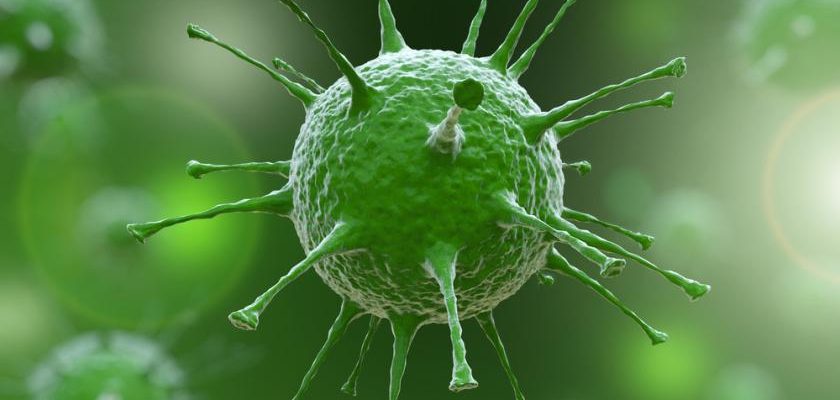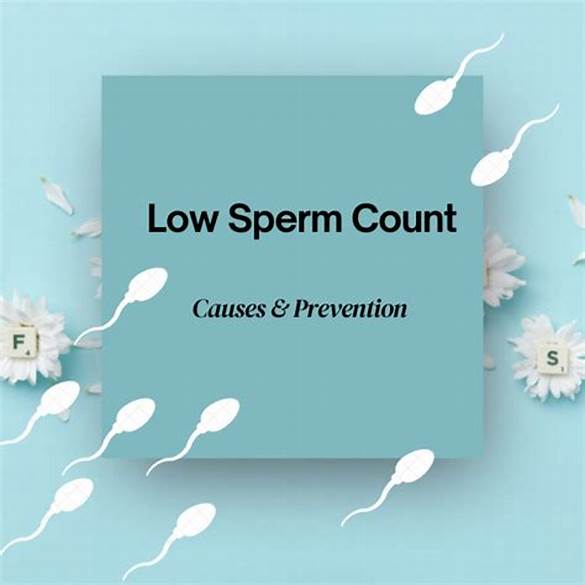Sickle Cell Anaemia – Causes, Symptoms and Herbal Treatments.

Sickle cell anaemia is a genetic blood disorder characterized by abnormally shaped red blood cells. This article explores the causes and symptoms of the condition and delves into various herbal treatments that may help manage its symptoms, offering a holistic approach to improving the quality of life for affected individuals.
Sickle Cell Anaemia
Sickle cell anaemia is a genetic blood disorder that affects the shape and function of red blood cells. Normally, red blood cells are round and flexible, allowing them to move easily through blood vessels. In sickle cell anaemia, some red blood cells become rigid and shaped like a crescent or sickle
Causes of Sickle Cell Anaemia
Sickle cell anaemia is caused by a genetic mutation that affects the haemoglobin in red blood cells. Here are the main causes explained:
1. Genetic Mutation
Sickle cell anaemia is caused by a mutation in the gene that instructs the body to produce haemoglobin, the protein in red blood cells that carries oxygen. This mutation leads to the production of an abnormal form of haemoglobin known as haemoglobin S (HbS).
2. Inheritance Pattern
The condition is inherited in an autosomal recessive pattern. This means that a person needs to inherit two copies of the sickle cell gene (one from each parent) to have the disease. If a person inherits only one sickle cell gene, they will have sickle cell trait, which usually does not cause symptoms.
3. Hemoglobin S Production
The abnormal haemoglobin S causes red blood cells to become rigid, sticky and shaped like a crescent or sickle. These sickle-shaped cells can clump together and block blood flow, leading to various complications.
4. Breakdown of Red Blood Cells
Sickle cells have a shorter lifespan than normal red blood cells. While normal red blood cells live for about 120 days, sickle cells typically last only 10 to 20 days. This rapid breakdown of red blood cells leads to a constant shortage, causing anaemia
Symptoms of Sickle Cell Anemia
Sickle cell anaemia can cause a variety of symptoms, which can vary in severity and frequency among individuals. Here are the main symptoms explained:
1. Anemia
Sickle cells break apart easily and die, leading to a shortage of red blood cells. This causes chronic anemia, which can result in fatigue, weakness, and pale skin.
2. Pain Episodes (Crises)
Periodic episodes of severe pain, known as pain crises, occur when sickle-shaped red blood cells block blood flow through tiny blood vessels to the chest, abdomen, and joints. These episodes can last from a few hours to several days.
3. Swelling of Hands and Feet
The blockage of blood flow by sickle cells can cause painful swelling in the hands and feet, a condition known as dactylitis.
4. Frequent Infections
Sickle cells can damage the spleen, an organ that helps fight infections. This makes individuals with sickle cell anaemia more susceptible to infections, particularly in children.
5. Delayed Growth and Puberty
A shortage of healthy red blood cells can slow growth in infants and children and delay puberty in teenagers due to a lack of oxygen and nutrients.
6. Vision Problems
Tiny blood vessels that supply blood to the eyes can become blocked by sickle cells, leading to damage in the retina and causing vision problems.
7. Other Symptoms
- Shortness of breath: Due to anaemia and reduced oxygen delivery.
- Dizziness and lightheadedness: Resulting from low oxygen levels.
- Jaundice: Yellowing of the skin and eyes due to the breakdown of red blood cells
Complications and Treatment for Sickle Cell Anemia
Complications of Sickle Cell Anemia
Sickle cell anaemia can lead to various complications due to the abnormal shape and function of red blood cells. Here are some of the main complications:
- Stroke: Blocked blood flow to the brain can cause a stroke, which is a serious and potentially life-threatening condition.
- Acute Chest Syndrome: This is a severe lung condition that resembles pneumonia and can be life-threatening. It is caused by sickle cells blocking blood flow in the lungs.
- Organ Damage: Sickle cells can block blood flow to organs, leading to damage in organs such as the kidneys, liver, and spleen.
- Pulmonary Hypertension: High blood pressure in the blood vessels that supply the lungs can occur, leading to heart problems.
- Infections: Damage to the spleen makes individuals more susceptible to infections. This is particularly dangerous in children.
- Vision Problems: Blocked blood vessels in the eyes can lead to vision issues and even blindness.
- Gallstones: The breakdown of red blood cells can lead to the formation of gallstones.
- Priapism: Painful, prolonged erections in men due to blocked blood flow can occur.
Treatment of Sickle Cell Anemia
The treatment for sickle cell anaemia focuses on managing symptoms and preventing complications. Here are some common treatments:
- Medications:
- Hydroxyurea: This medication can reduce the frequency of pain episodes and the need for blood transfusions.
- Pain Relievers: Over-the-counter or prescription pain medications can help manage pain crises.
- Antibiotics: To prevent infections, especially in children.
- Blood Transfusions:
- Regular blood transfusions can help reduce the risk of stroke and treat severe anemia.
- Bone Marrow Transplant:
- This is the only potential cure for sickle cell anaemia. It involves replacing the affected bone marrow with healthy marrow from a donor.
- Gene Therapy:
- Emerging treatments involve correcting the genetic mutation responsible for sickle cell anaemia.
- Preventive Measures:
- Vaccinations: Keeping up with vaccinations to prevent infections.
- Healthy Lifestyle: Staying hydrated, avoiding extreme temperatures, and regular medical check-ups
Herbal Treatment for Sickle Cell Anaemia
Several herbs and plants have been traditionally used to help manage the symptoms of sickle cell anaemia. While these remedies are not a cure, they may provide some relief. Here are a few herbs that have shown potential benefits:
1. Aloe Vera
Aloe vera has been used both topically and internally for various conditions. Some studies suggest that aloe vera extract might help prevent the sickling of cells and decrease the frequency of pain crises.
2. Lemongrass (Cymbopogon citratus)
Lemongrass is commonly used in herbal remedies for sickle cell disease. It has been found to increase red blood cell counts and may help manage symptoms.
3. Pigeon Pea (Cajanus cajan)
Pigeon peas are legumes that have been used to prevent or reduce red blood cell sickling. They contain molecules with anti-sickling properties, which can be beneficial for those with sickle cell anaemia.
4. Garlic
Garlic is known for its benefits to heart and blood health. It has antioxidant properties that may help prevent the growth of dense cells, which can be useful in managing sickle cell anaemia.
Other Herbs
- Punarnava (Boerhaavia diffusa)
- Shunti (Zingiber officinale)
- Pippali (Piper longum)
- Amalaki (Emblica officinalis)
- Haritaki (Terminalia chebula)
- Curcumin (Curcuma longa)
Important Considerations
While these herbs may offer some benefits, it’s crucial to consult with a healthcare provider before starting any herbal treatment. They can help ensure that the herbs do not interact with any medications you may be taking and that they are safe for your specific condition.
External links
Herbal treatment for Sickle cell anemia
Treatment and prevention of sickle cell anemia
Symptoms of sickle cell anemia









Review Sickle Cell Anaemia.
You must be logged in to post a review.